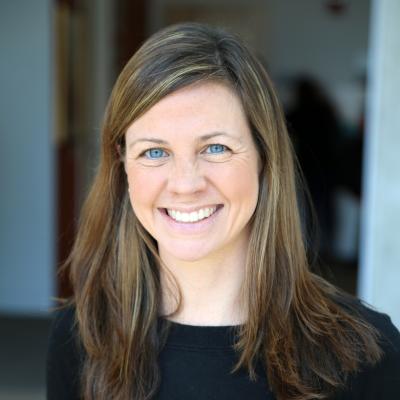Use the State Equity Data Explorer tool below to view data on neighborhood preschool enrollment rates by child race/ethnicity by state.
Despite the known benefits of preschool attendance for children’s health, wellbeing and future success, only half of 3- and 4-year-olds in the U.S. attend preschool. Children in some racial/ethnic groups (e.g., Hispanic and American Indian children) are even less likely to attend. While a number of factors such as neighborhood availability and affordability of programs can influence preschool attendance, the preschool enrollment rate in a child’s neighborhood plays a role too, especially for Hispanic and black children. This makes neighborhood preschool enrollment patterns important to examine when considering approaches for improving preschool participation and reducing racial/ethnic gaps.
The interactive graph below shows average neighborhood preschool enrollment rates by race/ethnicity - public and private school enrollment are shown separately. For each racial/ethnic group, the indicator reports the average neighborhood proportion of 3- and 4-year-olds enrolled in public and private preschool. For example, a value of 21% in public preschool for white children in Alabama indicates that, on average, white children in Alabama live in neighborhoods where 21% of white 3- and 4-year-olds attend a public preschool.
The tool presents state estimates of neighborhood enrollment in public and private preschool; estimates are broken down by race/ethnicity, and national estimates are provided as a reference. While results vary by state and racial/ethnic group, differences between Hispanic and white children are most consistent across states. For example, in the five states with the largest Hispanic child population (California, Texas, New York, Florida and Arizona), preschool enrollment rates in white children’s neighborhoods are higher than in Hispanic children’s neighborhoods, but the size of the white-Hispanic difference and the mix between public and private preschool attendance varies by state.




